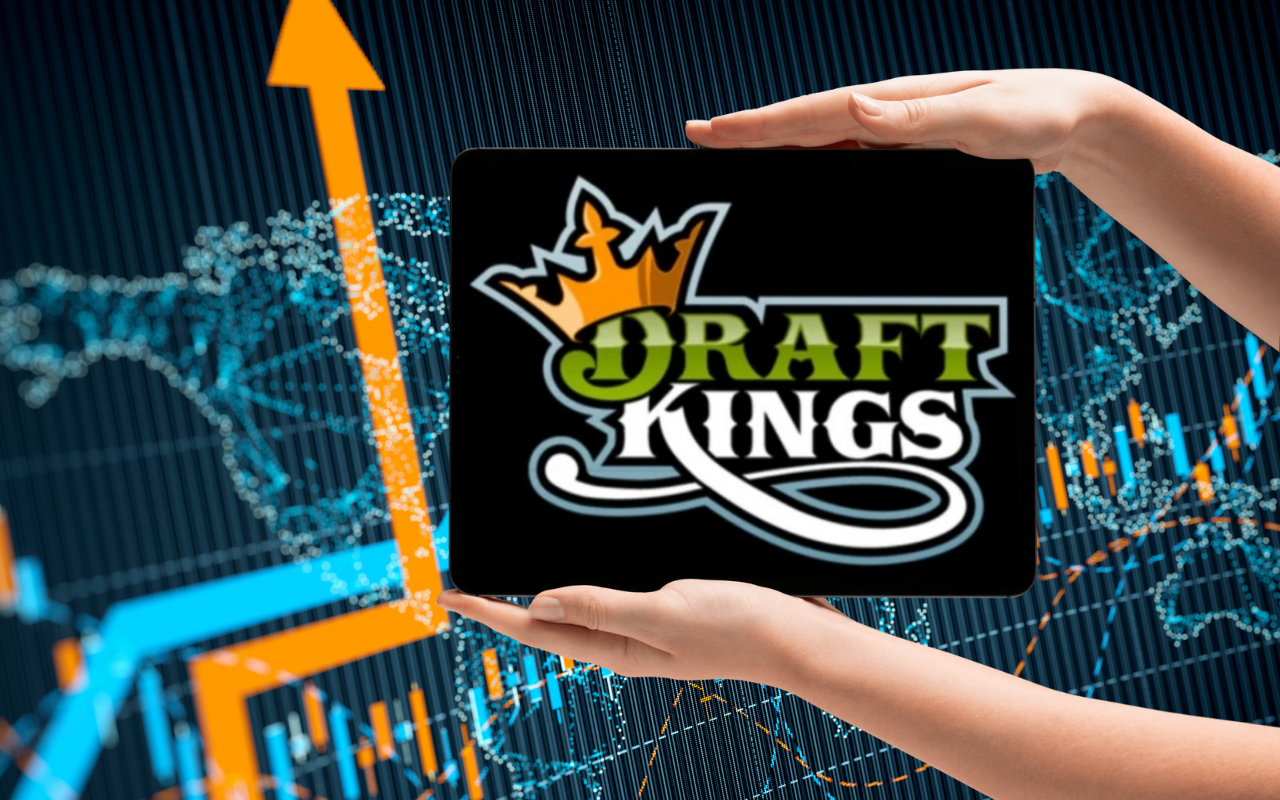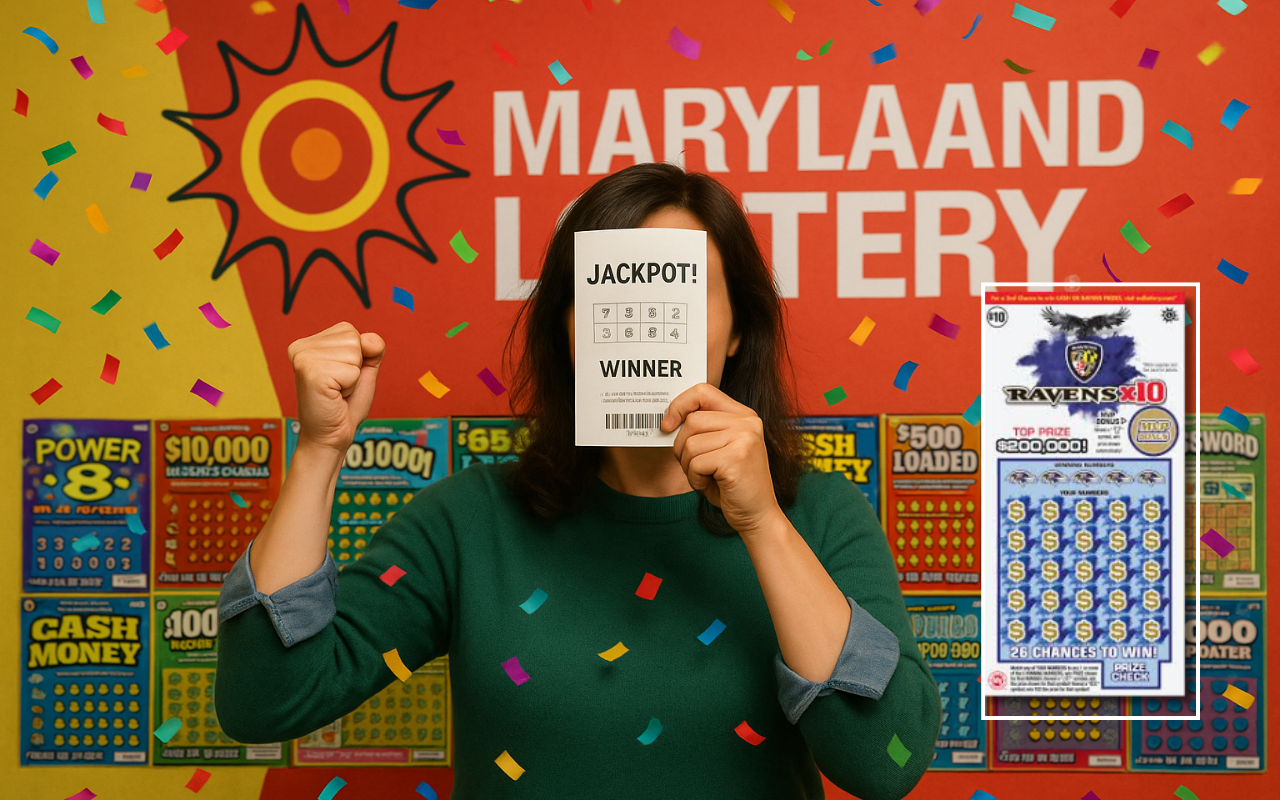Dutch Gambling Regulation: Enhancing Player Safety and Compliance

Since the regulation of its gambling market in 2021, the country has been persistently refining its measures to promote safer gambling practices. The objective is to provide continuous support to those groups identified as most vulnerable. This approach has included:
- Role model bans
- Restricted advertising
- Stringent enforcement actions
All these measures form the cornerstone of the local regulatory framework.
Dutch Regulation Strengthens the Gambling Landscape for Players
Currently, the Kansspelautoriteit, the industry’s regulatory body, has released a preliminary report assessing the impact of measures introduced in the latter half of 2024 on player health, spending habits, and overall safety.
Initial concerns that these new measures might be ineffective or easily circumvented have not been borne out, according to the regulator’s tentative conclusions.
The survey results indicate a significant decrease in the number of players depositing beyond predefined thresholds, which trigger more rigorous checks. Overall, this number has dropped from 9.7% to 3.8%. For young adults, the reduction is even more pronounced, falling from 12% to 2.8%. These changes suggest that players are now more inclined to deposit conservatively and adhere to preset deposit limits.
The average loss per account has decreased to EUR 83, down from a previous average of EUR 117. Despite this, players continue to maintain approximately 2.5 to 3 active accounts across various licensed gambling platforms in the Netherlands.
The report highlights the positive impact of these regulatory changes. The Ministry of Justice and Security implemented new rules requiring individuals wishing to exceed a spending limit of EUR 150 as young adults, or EUR 350 for older individuals, to manually request higher limits from operators.
Significant Decline in Percentage of Players Losing Over EUR 1,000
These regulations have effectively incentivized players to remain within the new limits, rather than navigating the complexities of operator approvals, achieving the intended effect. Previously, 4% of individuals lost more than EUR 1,000 monthly, but this figure has now dropped to just 1%.
The regulator remains optimistic about the channelization rates. According to the Kansspelautoriteit, approximately 91% of players in the country choose legal providers over illegal ones. This demonstrates that robust regulation does not necessarily harm the regulated industry or the players.
Critics of stringent gambling regulation have often argued that excessive compliance requirements might drive players to unregulated operators. However, the current findings suggest otherwise, showcasing the effectiveness of the country’s regulatory approach.









